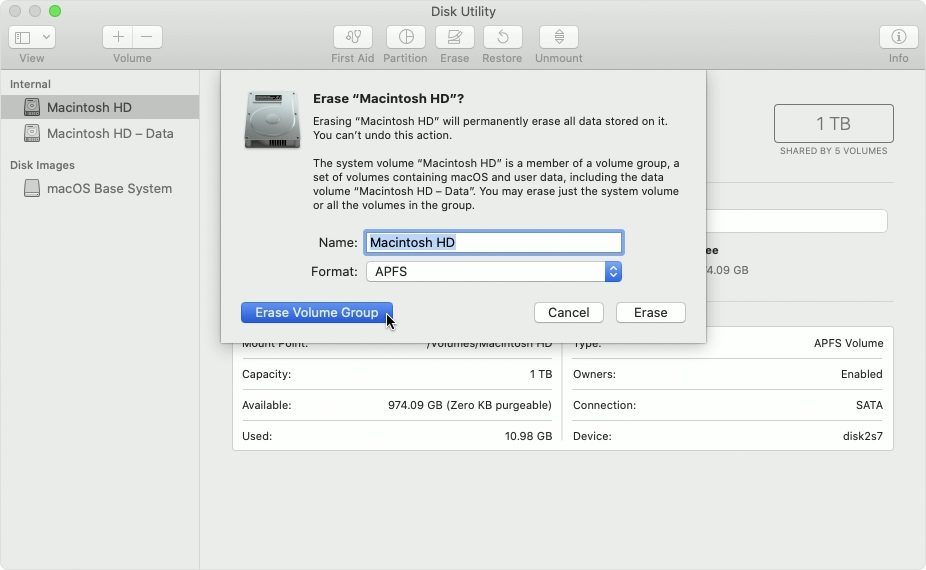

If you need to transfer data from your old Mac to your new MacBook then you will need to manually copy the files across. If you wish to transfer all of your data using Migration Assistant then this is only achievable between new MacBooks using a separately purchased USB 3.0 or USB 3.1 USB-C Cable (USB-C to USB-C) as the USB-C charge cable supplied does not support Target Disk Mode. While running an ACMT course recently it became apparent that it is not so well known that when Apple released the latest MacBook (Retina, 12”, Early 2015) they also updated Target Disk Mode to support the latest USB Type C connector.Īlthough the USB-C connector is currently exclusive to the new MacBook, this doesn’t mean that Target Disk Mode is limited to transfer only between these new MacBooks. If you're using Boot Camp to start up from Microsoft Windows, set Startup Disk preferences to start up from macOS instead. Then shut down or restart and try again.By Daryl McCartney – Apple Master Trainer.
#How to start mac in target disk mode windows
If you're using a keyboard made for a PC, such as a keyboard with a Windows logo, try a keyboard made for Mac. Or use your built-in keyboard or a wired keyboard.
If you're using a wireless keyboard, plug it into your Mac, if possible. Some keyboards have a light that flashes briefly at startup, indicating that the keyboard is recognized and ready for use. You might need to wait a few seconds before pressing the keys, to give your Mac more time to recognize the keyboard as it starts up. Then press and hold the keys as your Mac starts up. Then press the power button to turn on your Mac. Press and hold all keys in the combination together, not one at a time. If a key combination doesn't work at startup, one of these solutions might help: Eject (⏏) or F12 or mouse button or trackpad button: Eject removable media, such as an optical disc. Disabled when using a firmware password. Command-V: Start up in verbose mode. Disabled when using a firmware password. T: Start up in target disk mode. Disabled when using a firmware password. Disabled in macOS Mojave or later, or when using a firmware password. Command-S: Start up in single-user mode. To use the default boot image on the server, press and hold Option-N instead. Disabled when using a firmware password. N: Start up from a NetBoot server, if your Mac supports network startup volumes. Or use Option-D to start up to this utility over the internet. Disabled when using a firmware password. D: Start up to the Apple Diagnostics utility. If your Mac is using a firmware password, it ignores this key combination or starts up from macOS Recovery. Option-Command-P-R: Reset NVRAM or PRAM. If your Mac is using a firmware password, you're prompted to enter the password. Option (⌥) or Alt: Start up to Startup Manager, which allows you to choose other available startup disks or volumes. macOS Recovery installs different versions of macOS, depending on the key combination you use. If your Mac is using a firmware password, you're prompted to enter the password. Or use Option-Command-R or Shift-Option-Command-R to start up from macOS Recovery over the internet. Command (⌘)-R: Start up from the built-in macOS Recovery system. Keep holding until the described behavior occurs. 
To use any of these key combinations, press and hold the keys immediately after pressing the power button to turn on your Mac, or after your Mac begins to restart.






 0 kommentar(er)
0 kommentar(er)
